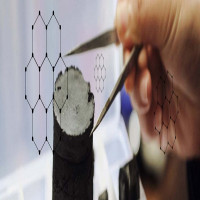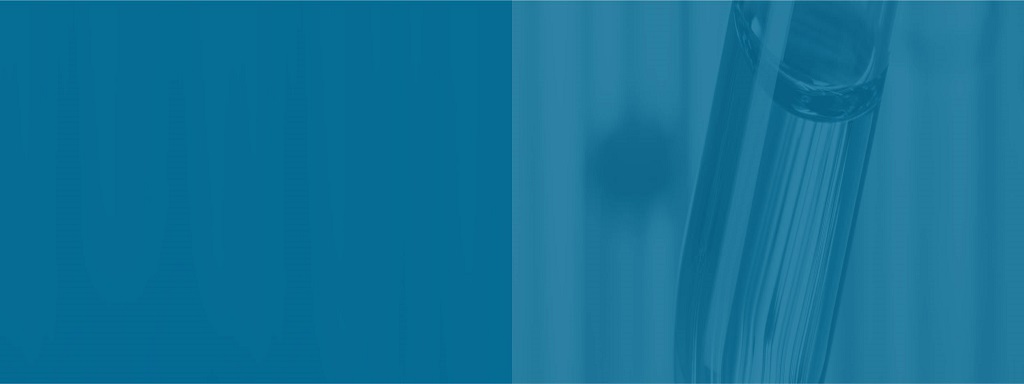Photocatalytic Reaction Mechanism of Titanium Dioxide

Strong8k brings an ultra-HD IPTV experience to your living room and your pocket.
What is Titanium Dioxide?
Titanium Dioxide is a widely used chemical compound with the molecular formula TiO2. It is a bright white pigment that is known for its excellent light-scattering properties, making it an essential ingredient in various industrial and consumer products. Titanium Dioxide is utilized as a photocatalyst in environmental applications. When exposed to UV light, it can initiate chemical reactions that break down organic pollutants in air and water. This makes it an effective tool for air purification, wastewater treatment, and removal of harmful substances from surfaces.
Photocatalytic Reaction Mechanism of Titanium Dioxide
1. Absorption of photons: When titanium dioxide is exposed to light, it absorbs photons, which excite the electrons in the material's valence band to higher energy levels, creating electron-hole pairs.
2. Photogenerated hole (h+) formation: The excited electrons leave behind positively charged holes (h+) in the valence band of titanium dioxide.
3. Electron transfer to oxygen molecules: The photogenerated electrons in the conduction band of titanium dioxide have high enough energy to reduce oxygen molecules (O2) adsorbed on the surface of the material. This results in the formation of superoxide ions (O2-) and hydroxyl radicals (OH•) through a series of reaction steps.
4. Reactive oxygen species generation: The superoxide ions (O2-) and hydroxyl radicals (OH•) formed in the previous step are highly reactive species that can react with organic pollutants or pathogens present on the surface of titanium dioxide. These reactions can lead to the degradation of organic compounds or inactivation of bacteria and viruses.
5. Recombination: The photogenerated electrons and holes in titanium dioxide can also recombine with each other, which is an inefficient process from a photocatalytic perspective. To improve photocatalytic efficiency, measures such as doping or modifying the surface of titanium dioxide can be taken to reduce electron-hole recombination.
Overall, the photocatalytic activity of titanium dioxide is mainly attributed to the generation of reactive oxygen species (superoxide ions and hydroxyl radicals) that can oxidize and degrade pollutants or microbial contaminants, making it a promising material for applications such as air purification, water treatment, and self-cleaning surfaces.
Photocatalytic Applications of Titanium Dioxide
1. Air purification: TiO2 is used in air purifiers and air conditioning systems to efficiently remove harmful volatile organic compounds (VOCs), odors, and pollutants. When exposed to UV light, TiO2 generates reactive oxygen species (ROS) that can destroy and oxidize these contaminants.
2. Water treatment: TiO2 photocatalysis is used in water treatment processes to degrade organic pollutants and disinfect water. It can effectively eliminate a wide range of contaminants, including pesticides, pharmaceuticals, dyes, and organic matter present in wastewater.
3. Self-cleaning surfaces: TiO2 coatings are applied to various surfaces like glass, building facades, and automotive surfaces to create self-cleaning properties. When exposed to UV light, TiO2 breaks down organic matter and dirt, resulting in easy cleaning and maintenance.
4. Antibacterial and antimicrobial coatings: The photocatalytic properties of TiO2 can also be utilized to create antibacterial and antimicrobial surfaces. TiO2 coatings can kill or inhibit the growth of bacteria, viruses, and other microorganisms, making it suitable for applications in healthcare settings, food processing, and public spaces.
5. Energy production: TiO2 can be used as a photocatalyst in solar cells and photoelectrochemical cells to generate clean energy. When exposed to light, TiO2 can create electron-hole pairs that can be used to generate electricity or drive chemical reactions for energy conversion.
6. Environmental remediation: TiO2 photocatalysis has been studied for its potential in environmental remediation. It can be used to degrade toxic compounds present in soil and water, including heavy metals, organic pollutants, and industrial wastewater.
7. Surface modification: The photocatalytic properties of TiO2 make it a useful material for surface modification. It can be used to create self-cleaning surfaces that repel dirt and bacteria, as well as anti-fog coatings for glass. TiO2 can also be used to modify the surface properties of materials like plastics and metals, improving their durability and resistance to corrosion.
8. Energy production: TiO2-based photocatalysts are being researched as a potential solution for sustainable energy production. By harnessing the energy from sunlight, TiO2 can facilitate processes like water splitting to produce hydrogen gas, which can be used as a clean and renewable energy source.
9. Air purification: TiO2 photocatalysis has the ability to effectively remove harmful pollutants from the air, such as volatile organic compounds (VOCs) and nitrogen oxides (NOx). These pollutants can contribute to air pollution and have detrimental effects on human health. TiO2-based photocatalytic air purifiers are being developed to address this issue.
10. Antibacterial applications: TiO2 has been shown to exhibit excellent antibacterial properties when activated by UV light. This makes it a promising material for applications in healthcare settings, where preventing the spread of bacteria and reducing the risk of infections is crucial. TiO2 coatings can be applied to medical devices, surfaces, and textiles to provide antibacterial protection.
Note: IndiBlogHub features both user-submitted and editorial content. We do not verify third-party contributions. Read our Disclaimer and Privacy Policyfor details.







